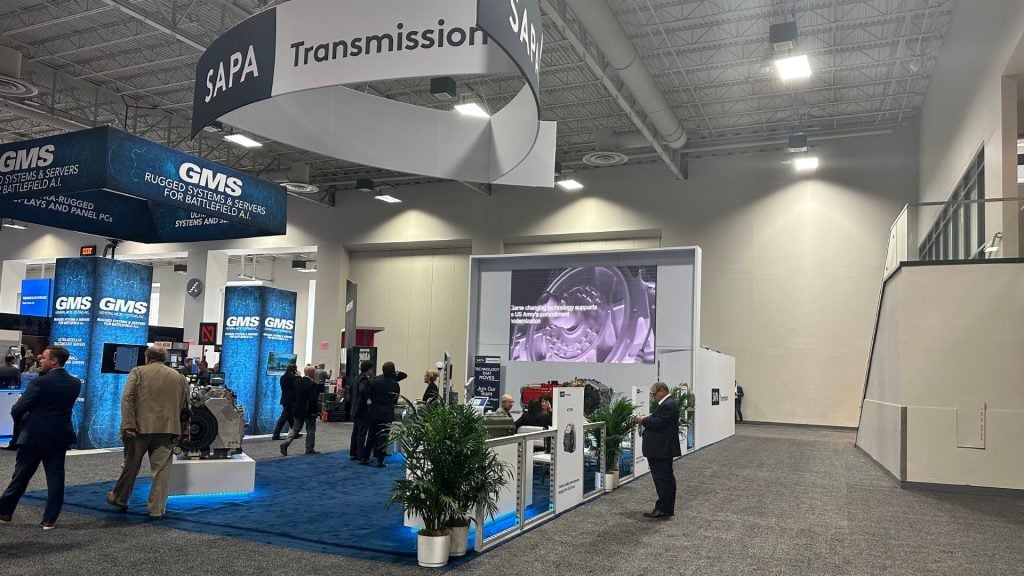
Introduction
Trade shows have long been recognized as vital tools for brand exposure and networking, but they offer far more than just an opportunity to show off products and gather leads. For marketing managers who are looking to drive long-term brand development, trade shows present an exceptional opportunity to test, experiment, and refine brand strategies in a real-world, high-visibility environment. The following guide will help marketing managers maximize the potential of trade shows as a key part of their overall branding strategy.
Trade Shows as a Brand Development Tool
While trade shows are often used as platforms to launch products or services, they can also serve as powerful tools for brand development. The live, immersive environment of a trade show allows brands to interact directly with their target audience, gaining immediate, valuable feedback on brand messaging, product offerings, and overall brand experience.
Here are a few reasons why trade shows are ideal for this purpose:
- Direct Audience Engagement: Unlike digital campaigns or print ads, trade shows provide face-to-face interaction with attendees, giving you a real-time understanding of their interests, needs, and opinions.
- Competitive Insights: Trade shows allow you to observe competitors in action, enabling you to see what works for them and identify gaps or opportunities for differentiation in your own strategy.
- Controlled Experimentation: Because trade shows are time-limited and happen in a controlled environment, you can experiment with new ideas, products, or branding concepts without long-term commitments or significant risk.
By treating trade shows as strategic brand development tools, you can align your messaging, refine your visuals, and enhance customer engagement in ways that translate into long-term brand growth.
1. Define Clear Objectives for Brand Testing
Before stepping onto the trade show floor, marketing managers should have clear objectives for the brand elements they intend to test. The live nature of trade shows makes them ideal for experimenting with new ideas, but to maximize the effectiveness of this testing, you need to establish a framework for evaluation.
- Objective Setting: Whether it’s testing a new brand message, exploring new visuals, or gathering feedback on a new product, you need to be clear on what you hope to achieve. Defining specific goals, such as understanding how a new product is perceived or measuring the effectiveness of a new brand tone, will help you measure success.
- Test Parameters: For each aspect of your brand experience that you’re testing, identify key metrics that will help you assess effectiveness. For example, if you’re testing a new product design, measure attendee engagement and interest through interactions or feedback surveys.
Pro Tip: Set both short-term and long-term brand goals for the trade show. Immediate goals may involve real-time feedback, but long-term goals could include how the feedback shapes your future marketing strategies.
2. Tailor Brand Experiences to Your Audience Segments
Trade shows bring together a diverse range of attendees, each with their unique preferences, challenges, and needs. One of the biggest advantages of trade shows is the ability to tailor your brand experience to specific audience segments and collect insights accordingly.
- Segmented Engagement: Customize your booth layout and content based on the various audience segments present. Create targeted messages for different visitor types such as decision-makers, industry professionals, or casual attendees.
- Personalized Interactions: Train your booth staff to engage with attendees based on their profiles and specific interests, fostering personalized experiences that resonate with each segment.
By offering tailored experiences, you not only provide a better experience for attendees but also gain deeper insights into how different audience segments perceive your brand.
Pro Tip: Use attendee badges or RFID technology to segment and track interactions, giving you data on which segments engaged most with different parts of your booth.
3. Innovate Through Interactive and Immersive Experiences
To truly make an impact at a trade show, brands should move beyond traditional presentations and embrace interactive, immersive experiences. These experiences not only engage attendees but also allow you to test the effectiveness of new brand concepts in real-time.
- Interactive Demos: Hands-on product demos or live interactions allow you to show off your brand’s value and functionality. For example, if you’re testing a new feature of a product, allow attendees to experience it themselves.
- Immersive Environments: Use technology like virtual reality (VR), augmented reality (AR), or interactive touchscreens to create memorable, engaging brand experiences. These immersive tools help attendees understand your brand in a deeper, more personal way.
Pro Tip: Track how long visitors stay at interactive or immersive stations, which provides valuable data on how engaged they are with your brand experience.
4. Collect Real-Time Data and Feedback
Trade shows are an excellent source of immediate feedback. By using technology to track booth traffic, attendee interactions, and even emotional responses, marketing managers can gain quick insights into what works and what doesn’t.
- Real-Time Analytics: Use visitor tracking software or apps to measure how long attendees stay at specific booths or engage with certain products. This helps you assess the effectiveness of each brand element and make adjustments as necessary.
- Post-Engagement Surveys: After attendees interact with your booth or brand experience, offer brief surveys that collect valuable insights into their opinions and experiences.
Pro Tip: Leverage tools like real-time feedback kiosks or mobile apps that allow you to collect insights instantly, enabling you to adjust your strategy on the fly.
5. Build Relationships Through Meaningful Conversations
The face-to-face nature of trade shows makes them ideal for building long-term relationships. Rather than simply focusing on the immediate goal of gathering leads, marketing managers should focus on nurturing connections that will foster ongoing engagement with the brand.
- Follow-Up Opportunities: After engaging with visitors at the trade show, ensure that your follow-up communications are personalized based on the interests they’ve expressed. A tailored approach will help you develop deeper, longer-lasting relationships.
- Ongoing Engagement: Encourage visitors to sign up for newsletters, social media, or other ongoing engagement channels. This helps to keep your brand top of mind and nurtures relationships beyond the trade show.
Pro Tip: Use a CRM system to track the attendees you meet at trade shows. Segmentation and personalized follow-ups ensure your connections lead to lasting business opportunities.
6. Evaluate Competitor Strategies and Benchmark Against Industry Trends
Trade shows offer a rare chance to see what your competitors are doing firsthand. By observing how other brands present themselves, you can gather insights that will inform your own branding strategy moving forward.
- Competitor Booths: Take time to explore competitor booths and take note of their messaging, branding, and customer engagement techniques. Compare their strategies with your own to identify areas where your brand can differentiate itself.
- Industry Trends: Trade shows are also an excellent opportunity to track industry trends and see how the market is evolving. This insight can help shape your future marketing and product strategies.
Pro Tip: Regularly assess how your booth compares to your competitors and look for areas where you can improve or innovate.
7. Utilize Insights for Post-Event Strategy Refinement
Once the trade show is over, the real work begins. The data, feedback, and insights you’ve gathered throughout the event should be used to refine and improve your ongoing branding efforts.
- Post-Show Analysis: Analyze the data from the trade show, including booth traffic, visitor engagement, and feedback. Use this information to adjust future strategies and brand messaging.
- Strategic Adjustments: If certain product positioning or messaging worked particularly well, consider incorporating these changes into your overall marketing strategy. Adjust your branding approach based on what resonated most with your audience.
Pro Tip: Schedule a post-event team meeting to analyze the results and discuss what worked and what didn’t. Create a post-event action plan that outlines the key takeaways and how to apply them moving forward.
Conclusion: Building a Brand with Trade Show Insights
For marketing managers, trade shows are much more than lead generation tools—they are invaluable opportunities for brand testing, refinement, and growth. By treating trade shows as strategic touchpoints for brand development, marketers can experiment with new ideas, refine customer engagement, and make data-driven decisions that impact long-term brand success.
Trade shows should be viewed as part of a broader strategy for building a resilient, customer-centered brand. By continually testing, gathering feedback, and adapting based on real-time insights, marketing managers can ensure that each event contributes meaningfully to the evolution of their brand.


 Global
Global Europe
Europe

